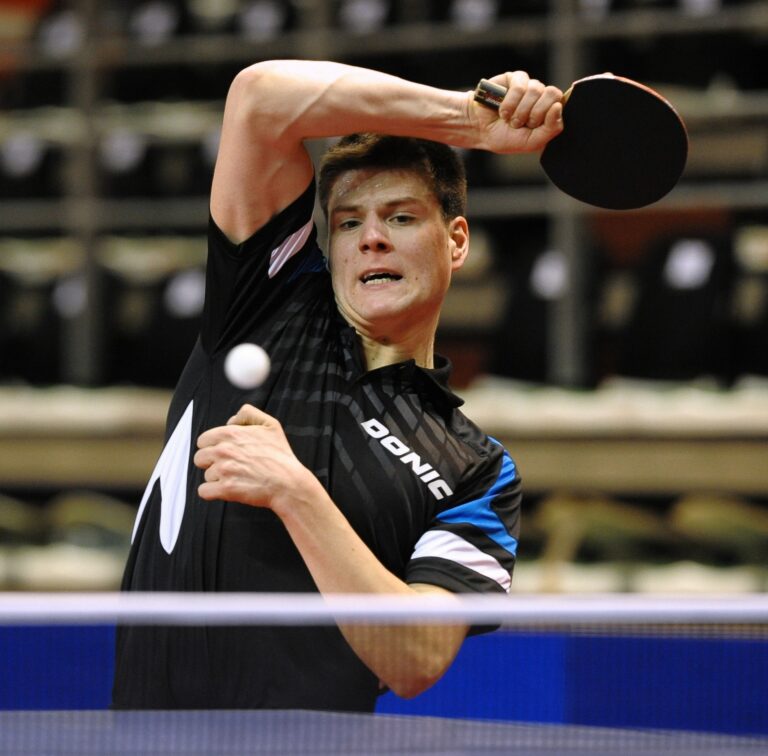
Credit:https://www.footballtransfers.com/
The Fastest Footballer in the World: A Speed Demons Race
Football, or soccer as it’s known in some parts of the world, is a game where speed can make or break a player’s career. The ability to sprint past defenders, chase down opponents, and make crucial plays in the blink of an eye is a hallmark of the fastest footballers. In this article, we’ll delve into the world of football speedsters, exploring who the fastest players are, how their speed impacts their game, and what makes them stand out on the pitch.
Introduction to Football Speed: The Importance of Speed in Football
The title of the fastest footballer in the world is a coveted one, often sparking debates among fans and pundits. While speed is just one aspect of a footballer’s overall skillset, it can be a decisive factor in matches. In this article, we’ll explore some of the fastest players to have graced the football pitch.
Speed in football is often broken down into several key areas:
1. Straight-Line Speed
This is the most basic form of speed and refers to how fast a player can run in a straight line. It’s often measured by the 40-yard dash, one of the most important tests during NFL combines. A high level of straight-line speed can allow players like wide receivers and running backs to break away from defenders.
2. Acceleration
Acceleration refers to how quickly a player can reach top speed. This is essential in situations like escaping tackles or chasing down a ball. Players need to get up to speed as quickly as possible, especially in short, explosive bursts.
3. Lateral Speed and Agility
Football is not just about running straight ahead. Players need to move laterally—side to side—and change direction quickly. Agility drills like the shuttle run or cone drills help develop lateral speed, which is crucial for positions like cornerbacks and linebackers who often have to shadow opposing players and react to changes in direction.
4. Reaction Speed
Football requires not only physical speed but also mental speed. A player’s ability to read the game, react to an opponent’s movements, or make split-second decisions is critical to success. For instance, a quarterback must read a defense’s formation and react within seconds to avoid a sack or complete a pass.
5. Game Speed
This refers to how fast a player moves during actual game conditions, which is often different from speed measured in drills. Game speed incorporates decision-making, fatigue, and the ability to perform while under pressure.
6. Speed Training
Players often focus on various forms of speed training, including:
- Sprint drills to improve straight-line speed.
- Plyometrics (explosive jumping exercises) to enhance acceleration and power.
- Agility drills like cone drills, ladder drills, and shuttle runs to improve lateral movement.
- Strength training to build the muscles that power speed, particularly in the legs and core.
7. Position-Specific Speed
Each position in football requires a different kind of speed:
- Wide receivers and cornerbacks need elite straight-line speed to cover long distances and outrun opponents.
- Running backs benefit from a mix of straight-line speed and agility to navigate through defenses.
- Linebackers require quick acceleration and lateral speed to cover ground rapidly and tackle.
- Offensive and defensive linemen rely more on short-burst speed and power to win battles at the line of scrimmage.
In football, speed isn’t just about who runs the fastest but how quickly a player can respond to dynamic situations, adjust, and apply their physical abilities in the most effective way possible. Speed, when paired with skills and football intelligence, can make a significant difference on the field.
Top 5 Fastest Footballers in the World
Here’s a look at some of the fastest footballers who have made headlines with their incredible speed.
1 Kylian Mbappé

Kylian Mbappé of Paris Saint-Germain and the French national team is renowned for his blistering pace. With a top speed of around 36 km/h (22 mph), Mbappé is a nightmare for defenders. His speed, combined with technical skills and intelligence, makes him one of the most dangerous forwards in the game today. Learn more about Mbappé’s speed and career.
2 Adama Traoré

Adama Traoré, playing for Wolverhampton Wanderers, is another player known for his phenomenal speed. With a top speed reaching 37 km/h (23 mph), Traoré’s acceleration and strength allow him to burst past opponents with ease. His ability to use his speed in combination with his physicality makes him a standout player. Check out more on Traoré’s impressive stats.
3 Alphonso Davies

Image credit: Getty Images
Alphonso Davies of Bayern Munich is celebrated for his incredible speed and agility. Davies can reach speeds of 36.51 km/h (22.7 mph), making him one of the fastest left-backs in football. His speed is particularly effective in both attacking and defending, often seen making crucial runs down the wing. Explore Davies’ impact at Bayern Munich.
4 Leroy Sané

Leroy Sané, currently with FC Barcelona, is well-known for his rapid pace. His top speed of around 35 km/h (21.7 mph) allows him to stretch defenses and create space. Sané’s speed and skillful dribbling make him a key player in any attacking formation. Read more about Sané’s speed and contributions.
5 Marcus Rashford

Marcus Rashford, representing Manchester United, is another player who excels in speed. With a top speed of 34.7 km/h (21.6 mph), Rashford’s ability to accelerate quickly helps him make impactful runs and challenge defenders. His pace, combined with his finishing ability, makes him a consistent goal threat. Discover Rashford’s career highlights.
How Speed Influences Playing Style
Speed impacts various aspects of a player’s style and strategy:
- Counter-Attacking: Fast players can exploit spaces left by opponents.
- Pressing: Speedy forwards can apply high pressure on defenders and goalkeepers.
- Wide Play: Wingers use their speed to stretch the opposition and deliver crosses.
Training for Speed
Improving speed involves a combination of specific drills and exercises:
- Sprints and Interval Training: Boosts acceleration and top speed.
- Plyometrics: Enhances explosive power and quickness.
- Strength Training: Builds the muscles needed for faster running.
The Role of Technology in Speed Training
Modern technology plays a significant role in training for speed:
- Wearable Devices: Track performance metrics and monitor progress.
- High-Speed Cameras: Analyze sprinting techniques and biomechanics.
- Simulation Software: Helps in visualizing and improving speed techniques.
The Future of Football Speed
As football continues to evolve, so does the science behind speed:
- Advanced Training Methods: Ongoing research and development in training techniques.
- Improved Nutrition: Diets and supplements designed to enhance performance.
- Innovative Equipment: New gear designed to reduce drag and improve efficiency.
Conclusion
The fastest footballers in the world showcase an extraordinary blend of speed, skill, and athleticism. Players like Kylian Mbappé, Adama Traoré, Alphonso Davies, Leroy Sané, and Marcus Rashford not only set records but also redefine what is possible on the football field. Their speed is a critical component of their success and continues to influence the way the game is played. As technology and training methods advance, we can expect to see even faster players in the future.
FAQs
1. Who is the fastest footballer in the world right now?
As of now, Adama Traoré is considered one of the fastest footballers with a top speed of 37 km/h (23 mph).
2. How is a footballer’s speed measured?
Speed is measured using various techniques including GPS technology, sprint tests with timing gates, and video analysis.
3. What impact does speed have on a football match?
Speed can significantly influence a match by enhancing a player’s ability to attack, defend, and transition quickly.
4. Can speed be improved with training?
Yes, speed can be improved through targeted training such as sprints, plyometrics, and strength exercises.
5. How does technology aid in improving football speed?
Technology aids in improving speed through wearable devices that track performance, high-speed cameras for technique analysis, and simulation software for technique enhancement.



